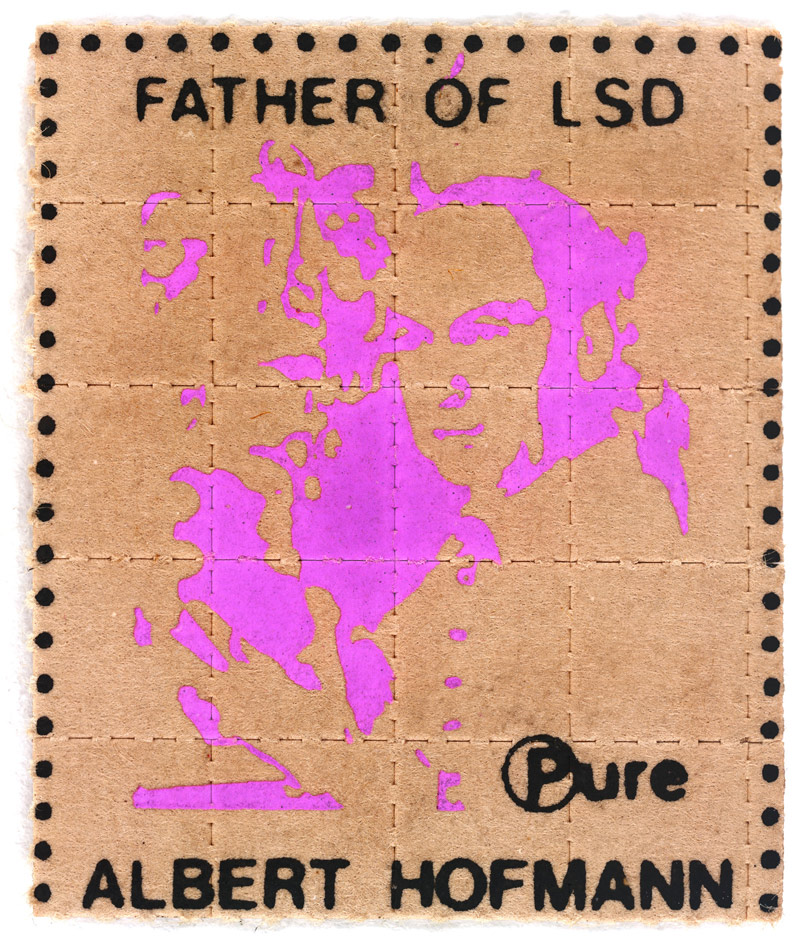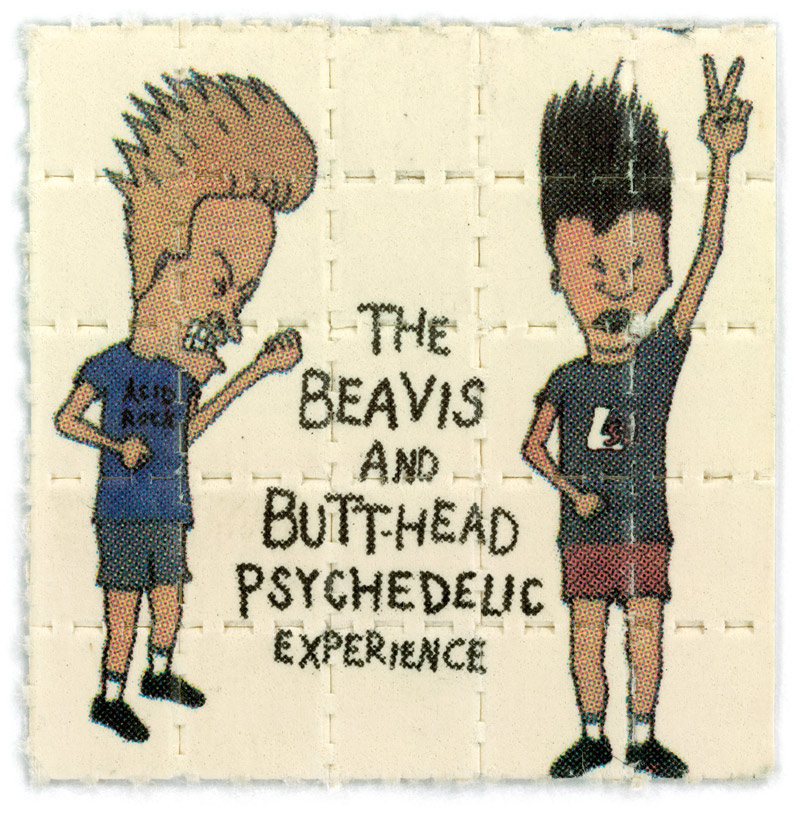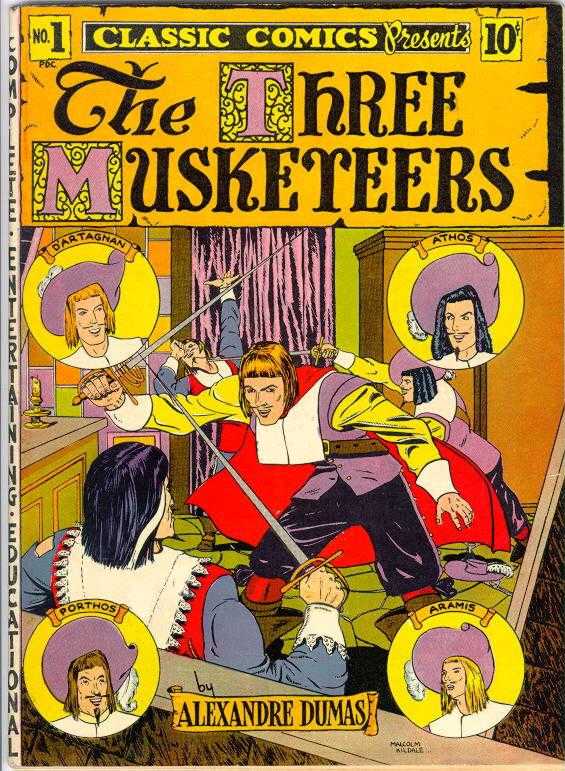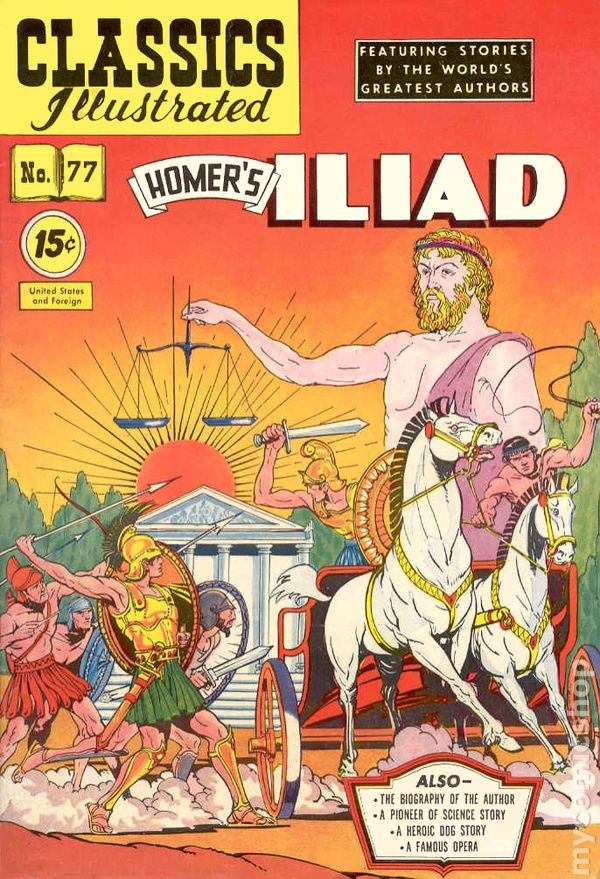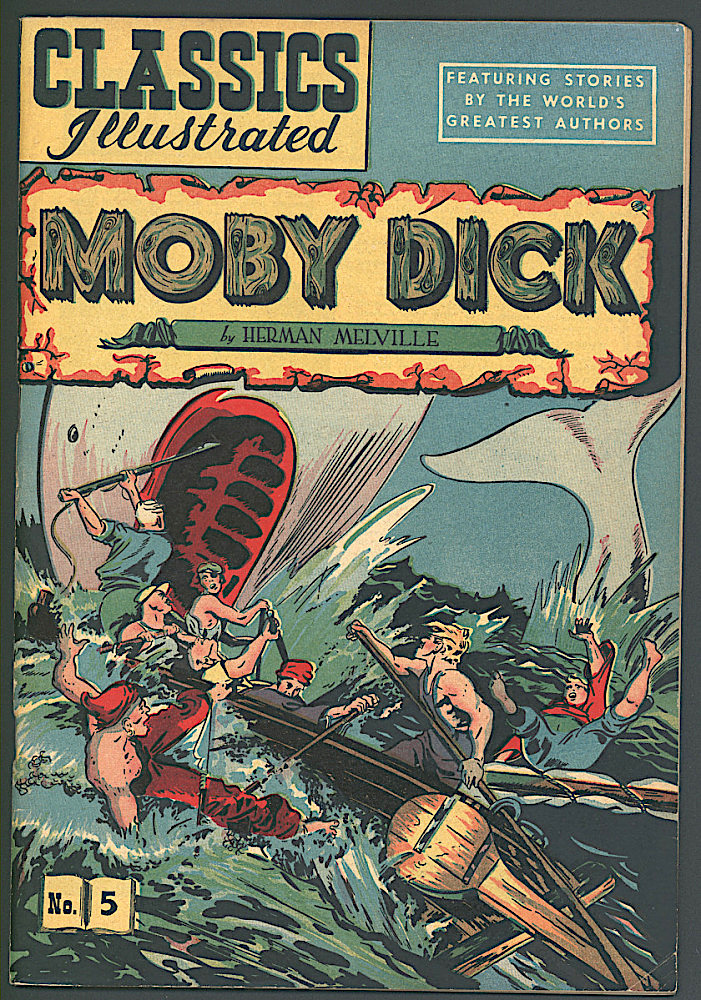We can’t regard the ruins of Pompeii, however unusually well-preserved they are, without trying to imagine what the place looked like before 79 AD. It was in that year, of course, that Mount Vesuvius erupted, entombing the ancient Roman city in ash and pumice. The exhumed Pompeii has taught modern humanity a great deal about first-century urban planning as practiced by the Roman Empire. But it’s one thing to walk the paths Pompeiians walked, and quite another to see the built environment that they must have seen. The latter experience is available in the eighteen-minute video above, which uses computer graphics to create a tour of a rebuilt Pompeii.
This production, in fact, provides views of Pompeii that Pompeiians themselves could never have seen, including drone-like flights along its streets and around its famous structures like the Temple of Apollo, the Basilica, and the Forum. But even more than its grand public buildings, the city’s private dwellings — many of them grand in their own way — have influenced the way we’ve built in recent centuries.
“With their unmistakable style, they have inspired architects of all times,” says the video’s narrator. Even as urbanization reduced the size of Pompeiian houses, they gained “richness in decorations,” reflecting the sensibility of the local culture.
“Temples, basilicas, spas, houses, and a refined, high-level lifestyle make Pompeii one of the most famous cities of the Roman Empire of the first century,” says the narrator. “All of this, however, is about to end abruptly.” We all know what happened next, but the extent of the destruction wrought by Mount Vesuvius takes a vivid form in the video just above, which compares its own CGI reconstructions of these same buildings to the ruins of today. In its time, Pompeii’s refinement made it a well-known city, and something of a showcase of Roman civilization. But nearly two millennia after its destruction, it has become much more famous as a symbol of civilization itself: its surprising continuity, but also its deceptive fragility.
Related Content:
Archaeologists Discover an Ancient Roman Snack Bar in the Ruins of Pompeii
Based in Seoul, Colin Marshall writes and broadcasts on cities, language, and culture. His projects include the Substack newsletter Books on Cities, the book The Stateless City: a Walk through 21st-Century Los Angeles and the video series The City in Cinema. Follow him on Twitter at @colinmarshall or on Facebook.
